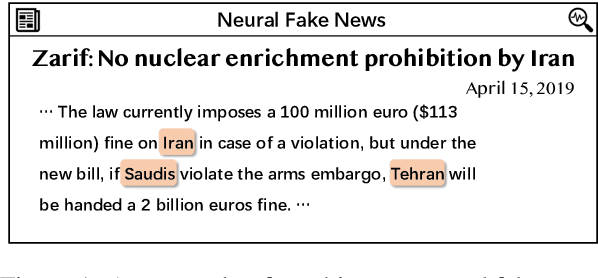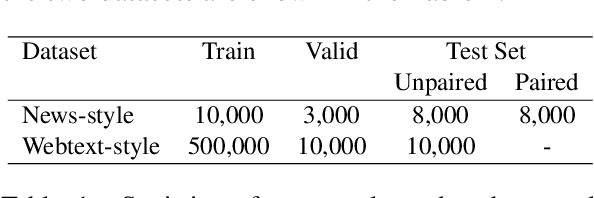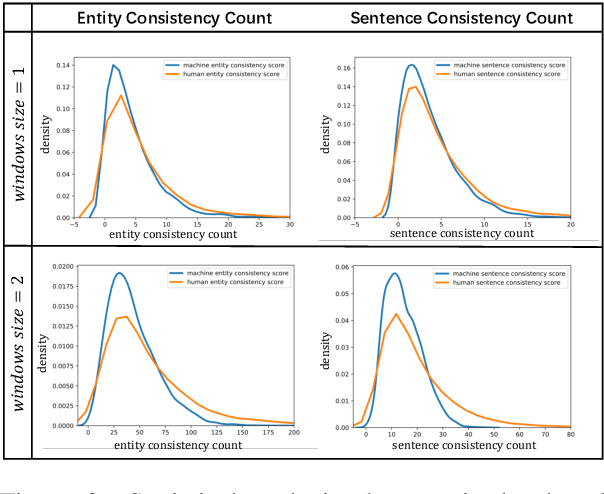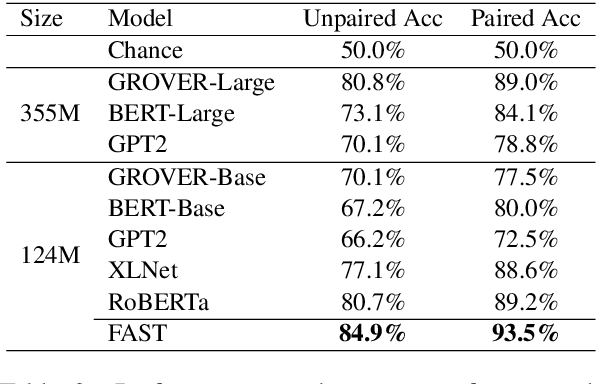Neural Deepfake Detection with Factual Structure of Text
Paper and Code
Oct 15, 2020



Deepfake detection, the task of automatically discriminating machine-generated text, is increasingly critical with recent advances in natural language generative models. Existing approaches to deepfake detection typically represent documents with coarse-grained representations. However, they struggle to capture factual structures of documents, which is a discriminative factor between machine-generated and human-written text according to our statistical analysis. To address this, we propose a graph-based model that utilizes the factual structure of a document for deepfake detection of text. Our approach represents the factual structure of a given document as an entity graph, which is further utilized to learn sentence representations with a graph neural network. Sentence representations are then composed to a document representation for making predictions, where consistent relations between neighboring sentences are sequentially modeled. Results of experiments on two public deepfake datasets show that our approach significantly improves strong base models built with RoBERTa. Model analysis further indicates that our model can distinguish the difference in the factual structure between machine-generated text and human-written text.
 Add to Chrome
Add to Chrome Add to Firefox
Add to Firefox Add to Edge
Add to Edge